Protect your family from respiratory illnesses. Schedule your immunization here >
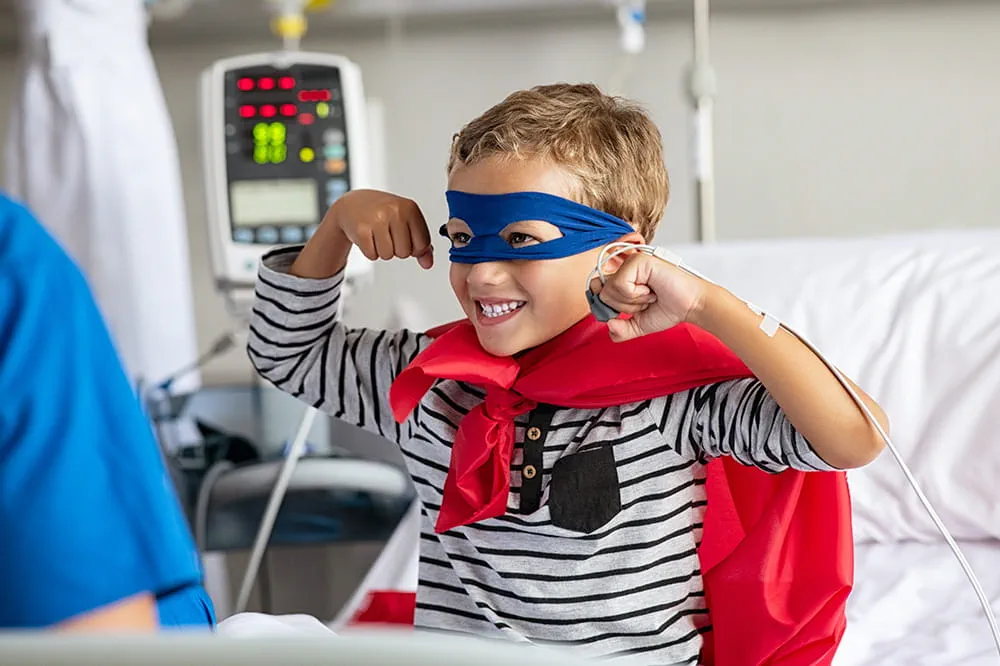
Ranked nationally in pediatric care.
Arkansas Children's provides right-sized care for your child. U.S. News & World Report has ranked Arkansas Children's in seven specialties for 2025-2026.
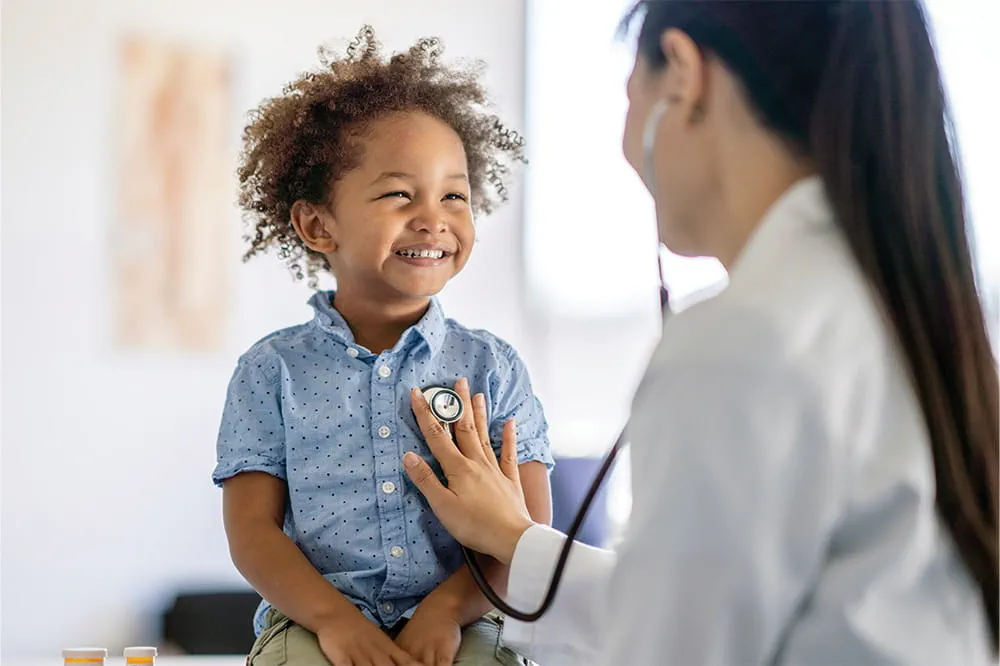
It's easier than ever to sign up for MyChart.
Sign up online to quickly and easily manage your child's medical information and connect with us whenever you need.
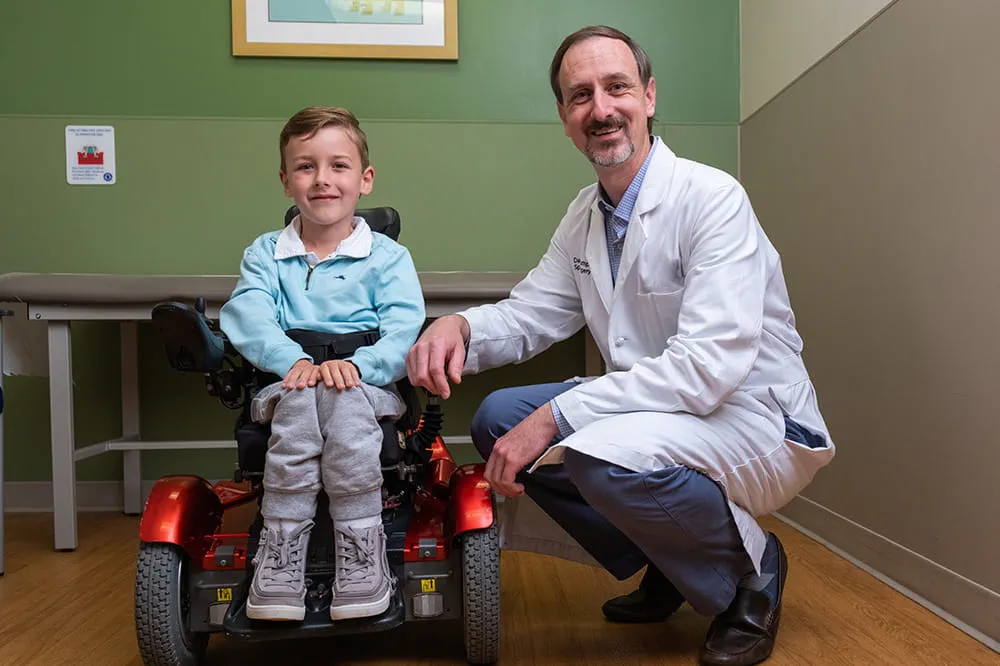
We're focused on improving child health through exceptional patient care, groundbreaking research, continuing education, and outreach and prevention.
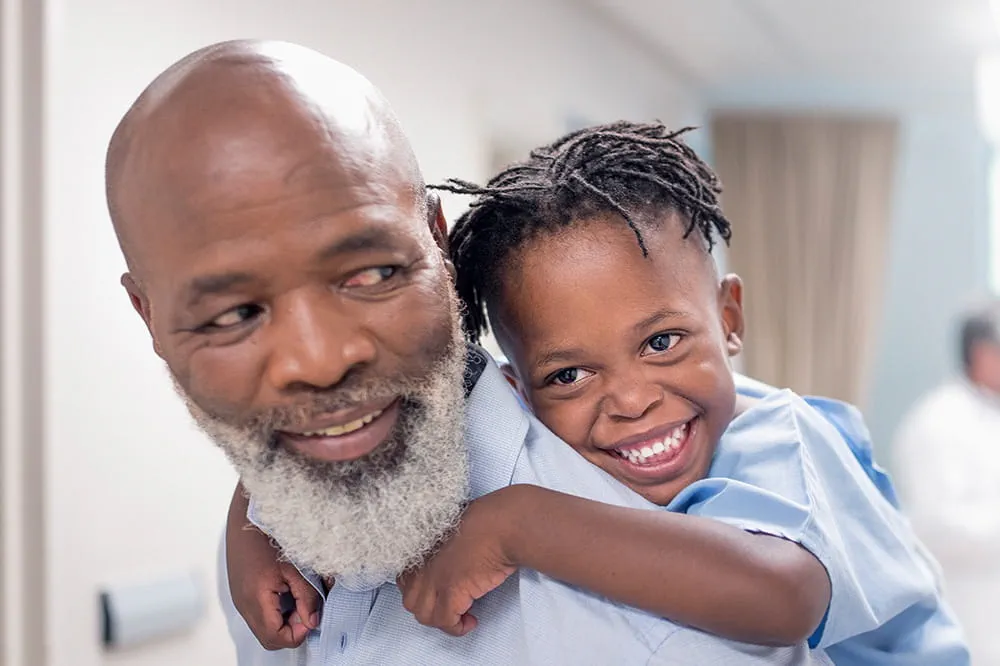
When it comes to your child, every emergency is a big deal.
Our ERs are staffed 24/7 with doctors, nurses and staff who know kids best – all trained to deliver right-sized care for your child in a safe environment.
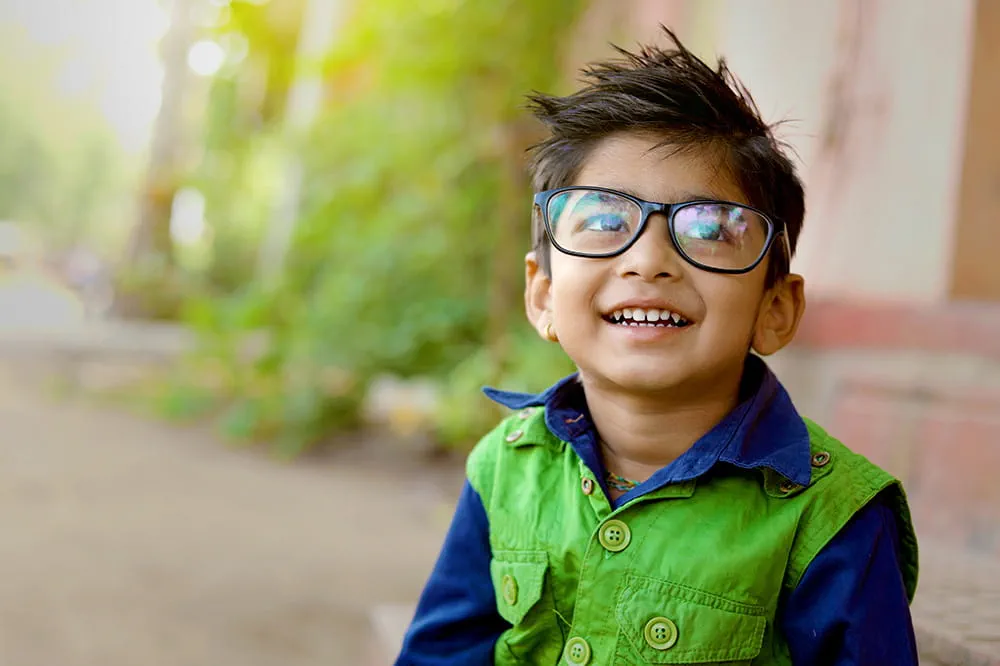
Arkansas Children's provides right-sized care for your child. U.S. News & World Report has ranked Arkansas Children's in seven specialties for 2025-2026.

Looking for resources for your family?
Find health tips, patient stories, and news you can use to champion children.
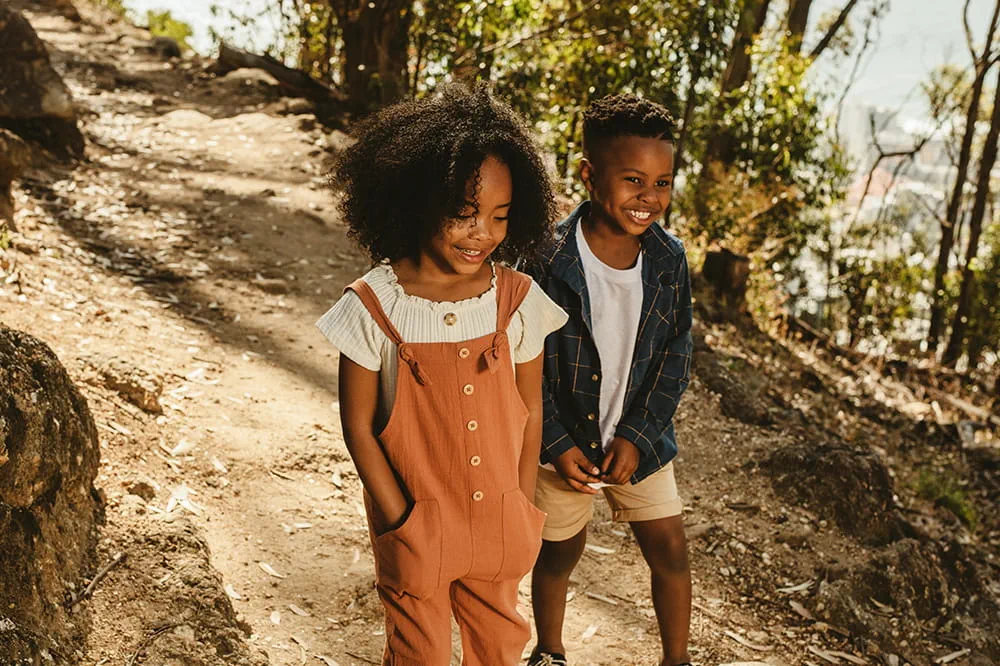
Support from the comfort of your home.
Our flu resources and education information help parents and families provide effective care at home.
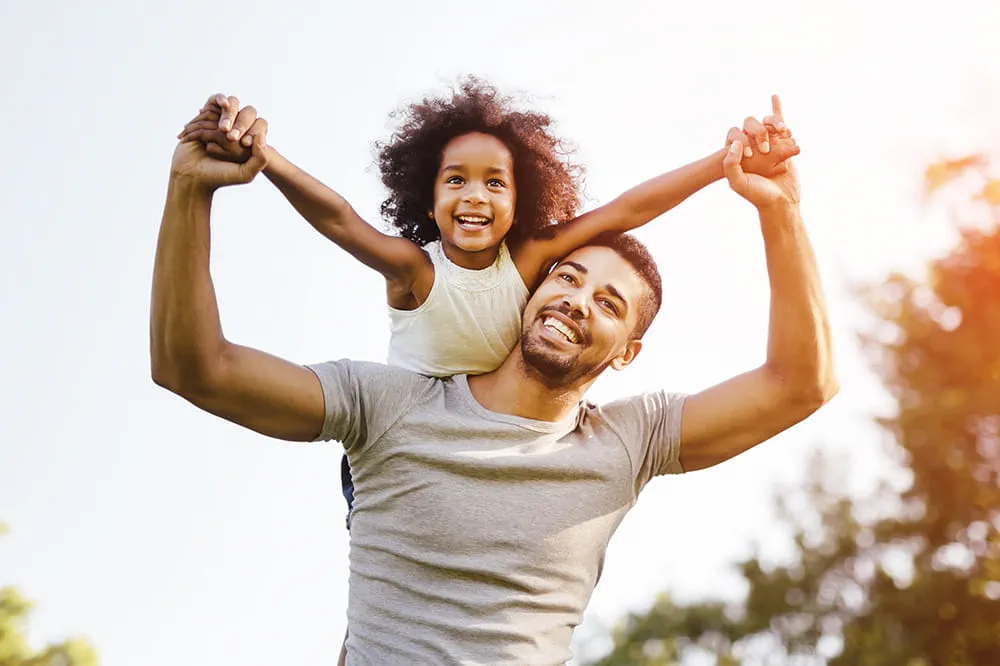
Children are at the center of everything we do.
We are dedicated to caring for children, allowing us to uniquely shape the landscape of pediatric care in Arkansas.
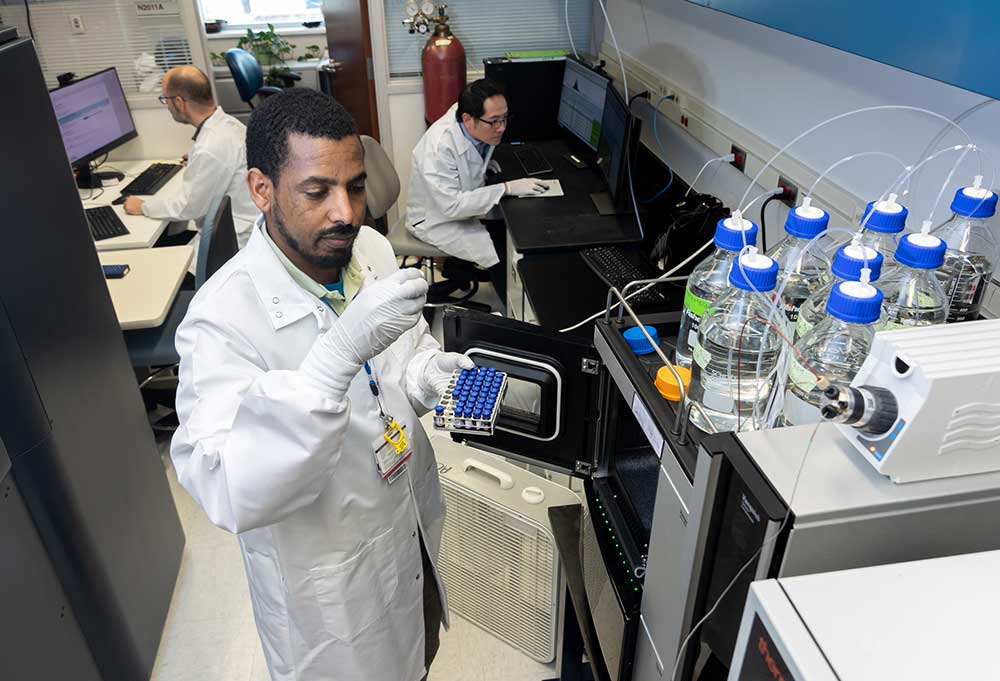
Transforming discovery to care.
Our researchers are driven by their limitless curiosity to discover new and better ways to make these children better today and healthier tomorrow.

We're focused on improving child health through exceptional patient care, groundbreaking research, continuing education, and outreach and prevention.
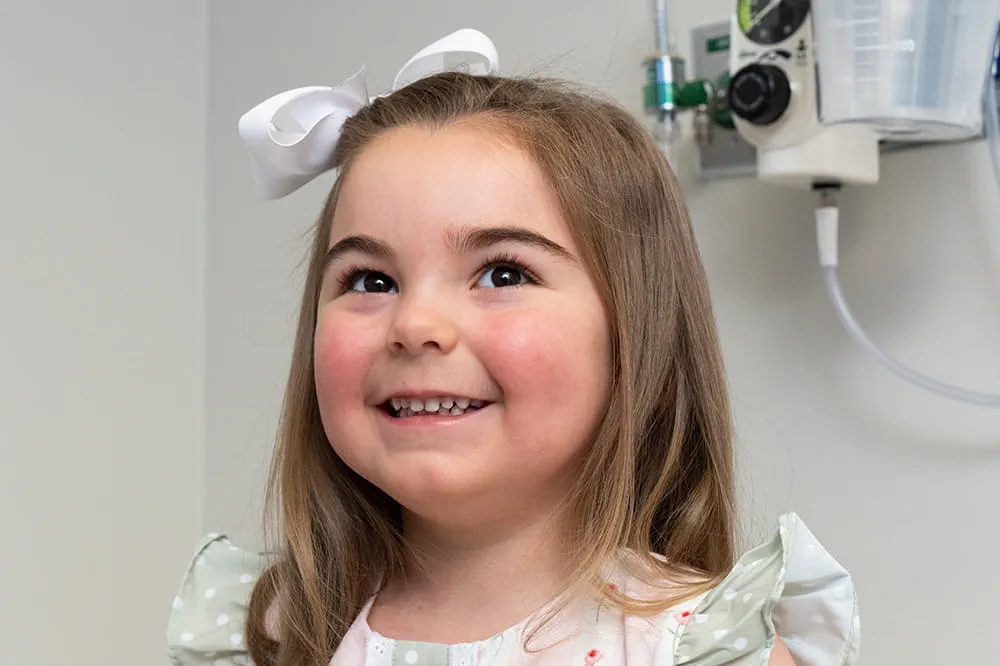
Then we're looking for you! Work at a place where you can change lives...including your own.
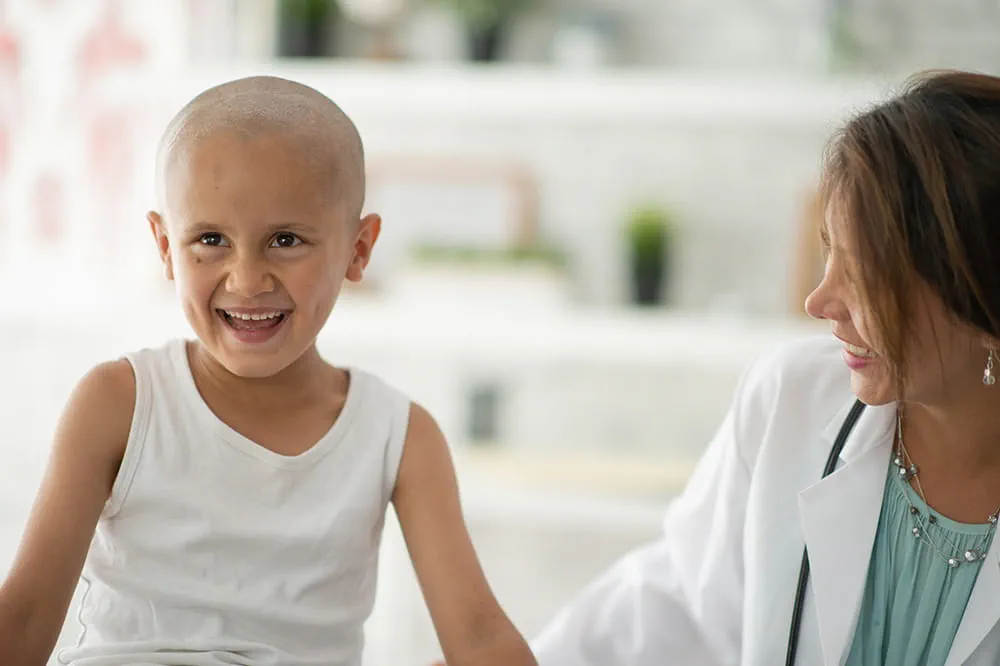
When you give to Arkansas Children's, you help deliver on our promise of a better today and a healthier tomorrow for the children of Arkansas and beyond
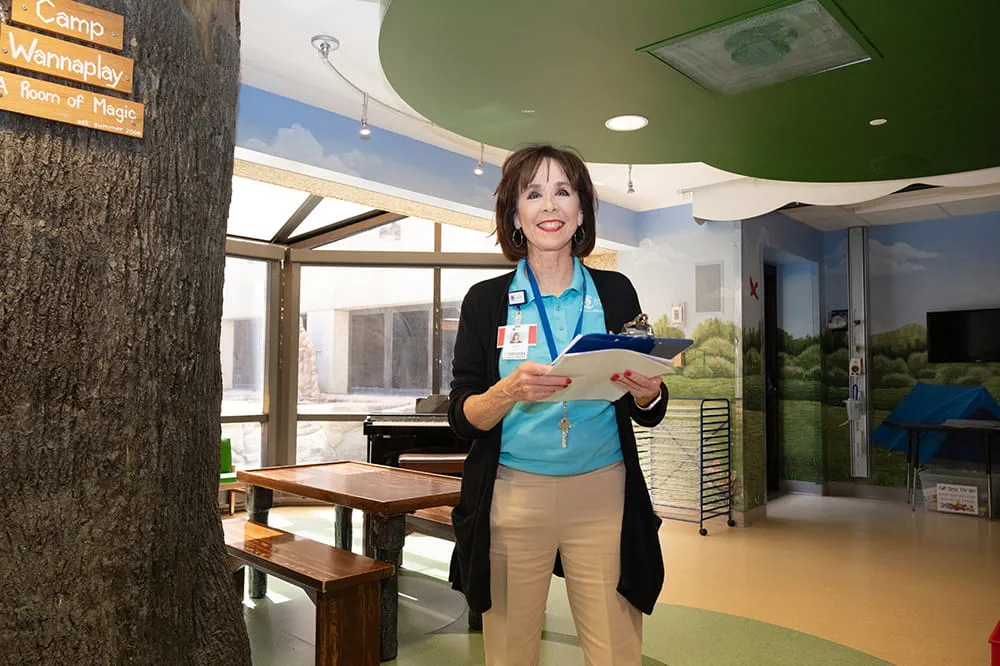
Become a volunteer at Arkansas Children's.
The gift of time is one of the most precious gifts you can give. You can make a difference in the life of a sick child.
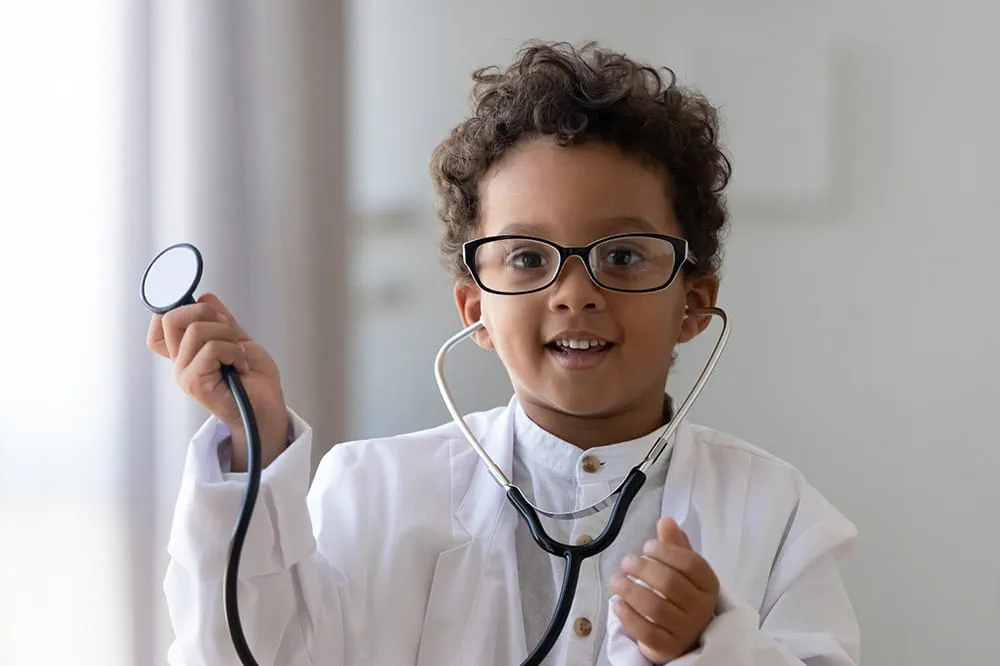
Join our Grassroots Organization
Support and participate in this advocacy effort on behalf of Arkansas’ youth and our organization.

Learn How We Transform Discovery to Care
Scientific discoveries lead us to new and better ways to care for children.

Learn How We Transform Discovery to Care
Scientific discoveries lead us to new and better ways to care for children.

Learn How We Transform Discovery to Care
Scientific discoveries lead us to new and better ways to care for children.

Learn How We Transform Discovery to Care
Scientific discoveries lead us to new and better ways to care for children.

Learn How We Transform Discovery to Care
Scientific discoveries lead us to new and better ways to care for children.

Learn How We Transform Discovery to Care
Scientific discoveries lead us to new and better ways to care for children.

When you give to Arkansas Children’s, you help deliver on our promise of a better today and a healthier tomorrow for the children of Arkansas and beyond.
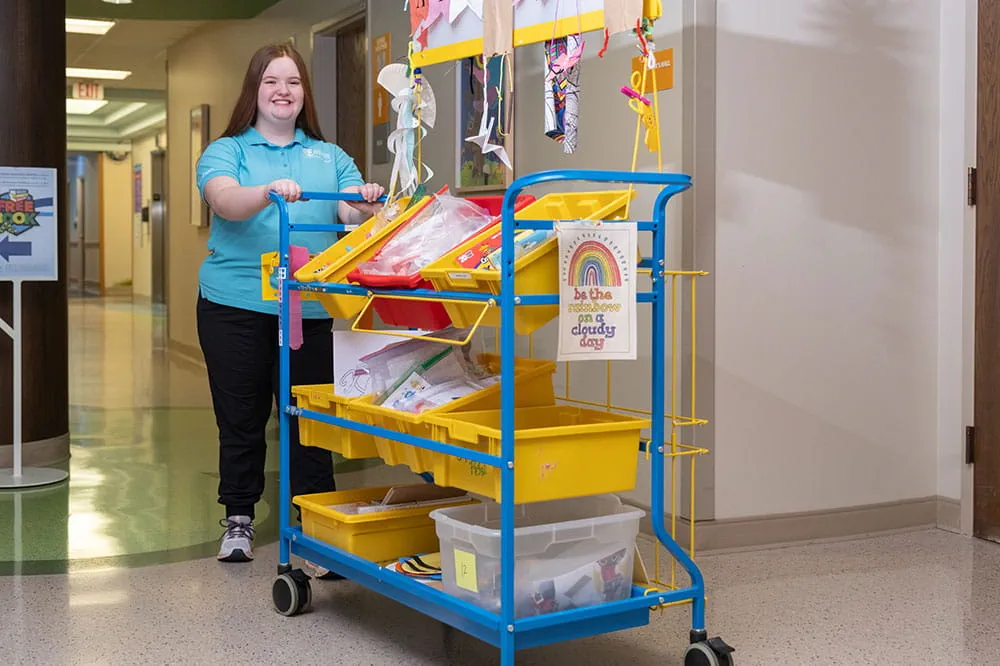
Your volunteer efforts are very important to Arkansas Children's. Consider additional ways to help our patients and families.
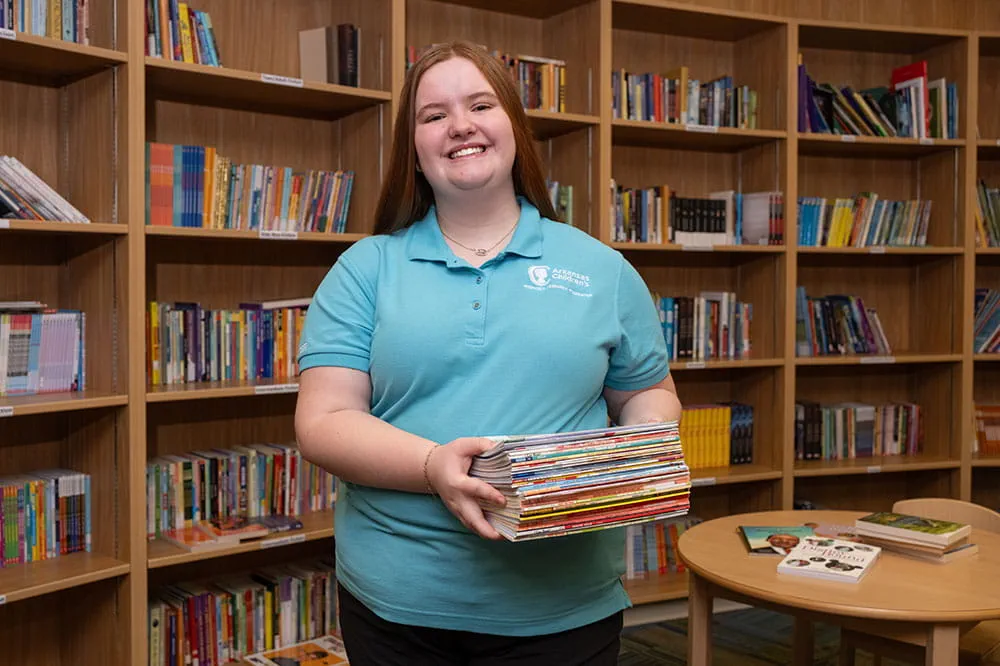
Join one of our volunteer groups.
There are many ways to get involved to champion children statewide.

Make a positive impact on children through philanthropy.
The generosity of our supporters allows Arkansas Children's to deliver on our promise of making children better today and a healthier tomorrow.
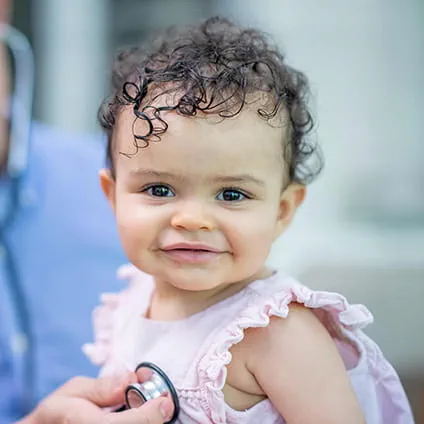
Read and watch heart-warming, inspirational stories from the patients of Arkansas Children’s.

Hello.

Arkansas Children's Hospital
General Information 501-364-1100
Arkansas Children's Northwest
General Information 479-725-6800
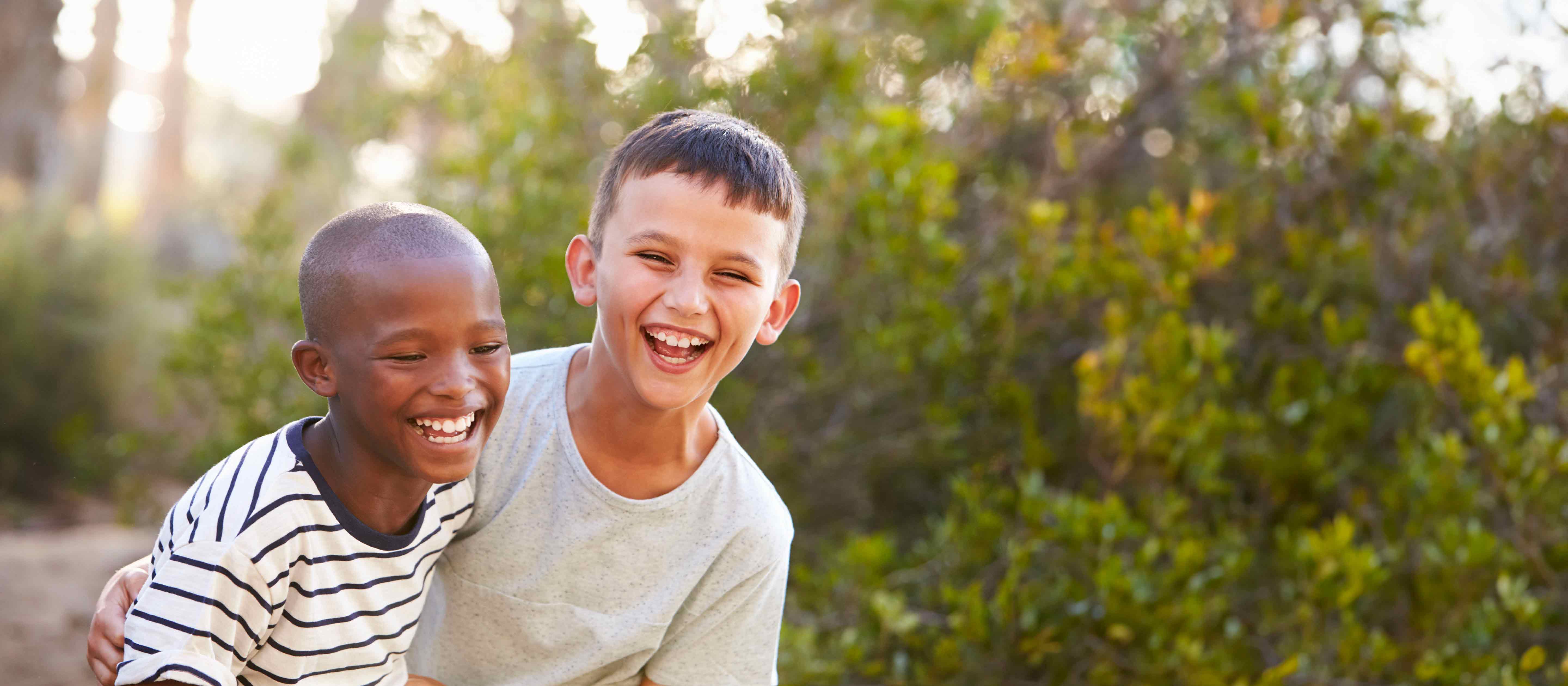
Motor Vehicle Safety
Motor vehicle crashes are the second leading cause of death in Arkansas for children and youth ages 1-19 (CDC, 2021). Many of these deaths and injuries can be prevented. Injury Prevention offers programs to educate parents on the importance of motor vehicle safety. Please select an age group below to learn more about motor vehicle safety for children and teens.
Birth to 4 Years of Age
 The American Academy of Pediatrics recommends your child should ride in a rear-facing car seat until he or she reaches the top height or weight limit allowed by your car seat’s manufacturer. Infants and young children under age of 1 and weigh less than 26.5 lbs. must always ride in a rear facing seat. Some car seat manufacturers have a 2 year minimum age requirement for forward facing use when using a convertible or all in one car seat.
The American Academy of Pediatrics recommends your child should ride in a rear-facing car seat until he or she reaches the top height or weight limit allowed by your car seat’s manufacturer. Infants and young children under age of 1 and weigh less than 26.5 lbs. must always ride in a rear facing seat. Some car seat manufacturers have a 2 year minimum age requirement for forward facing use when using a convertible or all in one car seat.
There are different types of rear-facing car seats:
- Infant-only seats can only be used rear-facing.
- Convertible and all-in-one car seats usually have higher height and weight limits for the rear-facing position, allowing you to keep your child rear-facing for a longer period of time.
Once your child has outgrown their rear-facing car seat, your child is ready to travel in a forward-facing car seat with a harness.
4-8 Years of Age
 Once your child has outgrown their rear-facing car seat, your child is ready to travel in a forward-facing car seat with a harness. Keep your child in a forward-facing car seat with harness until he or she reaches the top height or weight limit allowed by your car seat’s manufacturer. When installing a forward facing car seat with harness please remember to tether the seat per instructions as this reduces head motion in a crash.
Once your child has outgrown their rear-facing car seat, your child is ready to travel in a forward-facing car seat with a harness. Keep your child in a forward-facing car seat with harness until he or she reaches the top height or weight limit allowed by your car seat’s manufacturer. When installing a forward facing car seat with harness please remember to tether the seat per instructions as this reduces head motion in a crash.
There are different types of forward-facing car seats:
- Convertible and all-in-one car seats can be used both rear- and forward-facing. Once your child has reached the top height or weight limit in the rear-facing position, you can turn the car seat around and continue to use the car seat until the child reached the top height or weight limit in the forward-facing position. Be sure to read the car seat manufacturer’s instructions because some adjustments to the harness may need to be made.
- Combination seats can only be used forward-facing.
Once your child outgrows the forward-facing car seat with a harness, they are ready to travel in a booster seat but still remain in the back seat.
8-14 Years of Age
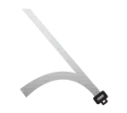
 State law requires that a child is in a booster seat until they are at least 6 years of age and 60 pounds. The American Academy of Pediatrics suggests that a child remains in a booster seat until they are at least 4' 9" tall and are between 8 and 12 years old. Booster seats raise a child up so the seat belt will fit the child and provide a safe ride. The longer you can keep your child in a booster seat the better.
State law requires that a child is in a booster seat until they are at least 6 years of age and 60 pounds. The American Academy of Pediatrics suggests that a child remains in a booster seat until they are at least 4' 9" tall and are between 8 and 12 years old. Booster seats raise a child up so the seat belt will fit the child and provide a safe ride. The longer you can keep your child in a booster seat the better.
How do I know when my child is safe to ride without a booster seat?
Keep your child in a booster seat until he or she is big enough to fit in a seat belt properly. For a seat belt to fit properly, the lap belt must lie snugly across the upper thighs, not on the stomach. The shoulder belt should lie snugly across the shoulder and chest and not across the neck or face. The feet should lie flat on the floor of the vehicle to prevent your child from slouching in the seat. Your child should continue to ride in the back seat as this is generally the safest place for anyone in the most common type of car crash, a head-on collision.
If you can answer YES to ALL five of the following questions, then your child should be ready to stop using a booster seat and start using just the seat belt. Keep your child in a booster if the answer is NO to any of these questions.
- Can the child sit all the way back against the vehicle seat?
- When sitting all the way back in the seat, do the child's knees bend comfortably at the edge of the seat?
- Is the lap belt on the top part of the child's thighs?
- Is the shoulder belt centered on the child's chest and shoulders? Never put the shoulder belt behind the child. If it is too high and goes across their neck or face, they need to be in a booster seat.
- Can the child stay seated like this for the entire trip?
Child Passenger Safety Education Program
The correct and consistent use of car seats can reduce the risk of death by 71 percent for infants and 54 percent for toddlers. (National Highway Traffic Safety Administration) The American Academy of Pediatrics recommends that children stay rear-facing in their car seats until the age of 2 or until a child reaches the upper weight and height limits of his car seat. Children should then stay forward-facing until they reach their seat’s upper weight and height limits for that position. The CPS Education program offers several services for the public to save lives and prevent injuries of children in motor vehicle crashes.
- Providing educational workshops on the basics of child passenger safety.
- Conducting National Highway Traffic Safety Administration child passenger training courses to train CPS technicians.
- Loaning child safety seats to parents and caregivers.
- Conducting child safety seat check-ups for parents and caregivers to ensure correct installation of child seats. Learn more by calling 501-364-3400.
- Coordinating a statewide child safety seat distribution program for communities with certified CPS technicians. This distribution program provides seed resources to organizations that have or are establishing CPS activities or have opportunities to access children from vulnerable populations throughout the state.
- Funding for the CPS program originates with the National Highway Traffic Safety Administration and is administered through the Highway Safety Office of the Arkansas State Police.
Current activities of the Child Passenger Safety Education program include:

Arkansas Child Passenger Safety Stations
Find a CPS technician or check-up event in your area.
View MapChild Passenger Safety (CPS)
State law requires that a child is in a booster seat until they are at least 6 years of age and 60 pounds. The American Academy of Pediatrics suggests that a child remains in a booster seat until they are at least 8 years of age, 80 pounds or 4' 9" tall. Booster seats raise a child up so the seat belt will fit the child and provide a safe ride. The longer you can keep your child in a booster seat the better. Children ages 4-8 are 45 percent less likely to receive injuries in a car crash if a booster seat is used as opposed to seat belt alone. (Arbogast KB, 2009)
How do I know when my child is safe to ride without a booster seat?
If you can answer YES to ALL five of the following questions, then your child should be ready to stop using a booster seat and start using just the seat belt. Keep your child in a booster if the answer is NO to any of these questions.
- Can the child sit all the way back against the vehicle seat?
- When sitting all the way back in the seat, do the child's knees bend comfortably at the edge of the seat?
- Is the lap belt on the top part of the child's thighs?
- Is the shoulder belt centered on the child's chest and shoulders? Never put the shoulder belt behind the child. If it is too high and goes across their neck or face, they need to be in a booster seat.
- Can the child stay seated like this for the entire trip?

Arkansas Child Passenger Safety Stations
Find a CPS technician or check-up event in your area.
View MapMotor Vehicle Safety for Tweens
Children under the age of 13 are safest riding in the back seat, away from airbags. For children 16 and younger, riding in the back seat lowers the risk of injury by 40 percent. (Durbin DR, 2005)
Parents should discuss with their “tween” ager why wearing a seat belt on every trip is important. Parents and tweens can also talk about being a mature passenger by not creating distractions for a driver.
Safer Teen Driving
Driving means FREEDOM to teens. While learning to drive is a big step toward becoming an adult, keep in mind that teens are not yet adults. New teen drivers need time and practice to be safe behind the wheel. In Arkansas, teens die in car crashes at a higher rate than the United States as a whole. We can protect teens and others on the road by guiding teens through a step-by-step approach to safer driving. Arkansas has a graduated driver licensing (GDL) law that limits nighttime driving, restricts cell phone use and limits the number of passengers allowed for teen drivers.
Resources
The correct and consistent use of car seats can reduce the risk of death by 71 percent for infants and 54 percent for toddlers. (National Highway Traffic Safety Administration) The American Academy of Pediatrics recommends that children stay rear-facing in their car seats until a child reaches the upper weight and height limits of his car seat. Children should then stay forward-facing until they reach their seat’s upper weight and height limits for that position. The CPS Education program offers several services for the public to save lives and prevent injuries of children in motor vehicle crashes.
Current activities of the Child Passenger Safety Education program include:
- Providing educational workshops on the basics of child passenger safety.
- Conducting National Highway Traffic Safety Administration child passenger training courses to train CPS technicians.
- Loaning child safety seats to parents and caregivers.
- Conducting child safety seat check-ups for parents and caregivers to ensure correct installation of child seats. Learn more by calling 501-364-3400.
- Coordinating a statewide child safety seat distribution program for communities with certified CPS technicians. This distribution program provides seed resources to organizations that have or are establishing CPS activities or have opportunities to access children from vulnerable populations throughout the state.
- Funding for the CPS program originates with the National Highway Traffic Safety Administration and is administered through the Highway Safety Office of the Arkansas State Police.
For more information on becoming a CPST please reach out to the one of the listed contacts below:
Heather L. Smith, BS, CPSTI
Community Engagement
Program Coordinator
Child Passenger Safety Education
Arkansas Children’s Hospital
1 Children’s Way • Slot 843
Little Rock, AR 72202
501-364-3329 office
smithh3@archildrens.org
Christi Jones, CPSTI
Community Engagement
Program Specialist
Child Passenger Safety Education
Arkansas Children’s Hospital
1 Children’s Way • Slot 843
Little Rock, AR 72202
501-364-3392 office
smithh3@archildrens.org
Charles Maxwell, CPSTI
Community Program Supervisor
Child Passenger Safety Education
Arkansas Children’s
1 Children’s Way • Slot 843
Little Rock, AR 72202
501-364-5655 office
maxwellct@archildrens.org
-
-
Resource
Tips
Bookmark TipsDownload these tips to help you choose the best child safety seat for your child.
-
Resource
Find a Technician
Bookmark Find a TechnicianFind a certified child passenger safety technician near you. -
Resource
Community Events
Bookmark Community EventsFind a community event or fitting station near you.

Arkansas Law and AAP Recommendations
- Children are required to ride in an appropriate child safety restraint until they are at least 6 years of age or 60 lbs.
- All children under 15 years of age must be buckled no matter where they are in the vehicle.
- The Primary Seat Belt Law requires drivers and front-seat passengers to be buckled up at all times.
- Act 811 states that it is illegal to smoke in the car with a child who is less than 14 years old.
- The American Academy of Pediatrics recommends that children stay rear-facing in their car seats until the age of 2 or until a child reaches the upper weight limits of his car seat. Children should then stay forward-facing until they reach their seat’s upper weight and height limits for that position.
-
Video
Meet the Experts: Car Seat Install and Safety
Bookmark Meet the Experts: Car Seat Install and SafetyWatch a demonstration on how to properly install a car seat. -
Video
Meet the Experts: Hot Car Deaths - Why Are These Happening?
Bookmark Meet the Experts: Hot Car Deaths - Why Are These Happening?Learn what steps you can take to make sure a hot car death never happens in your family.
-
Resource
Product Recalls
Bookmark Product RecallsSign up to receive information regarding product recalls.

Contact an Injury Prevention Expert
Contact an injury prevention expert at 501-364-3400.

